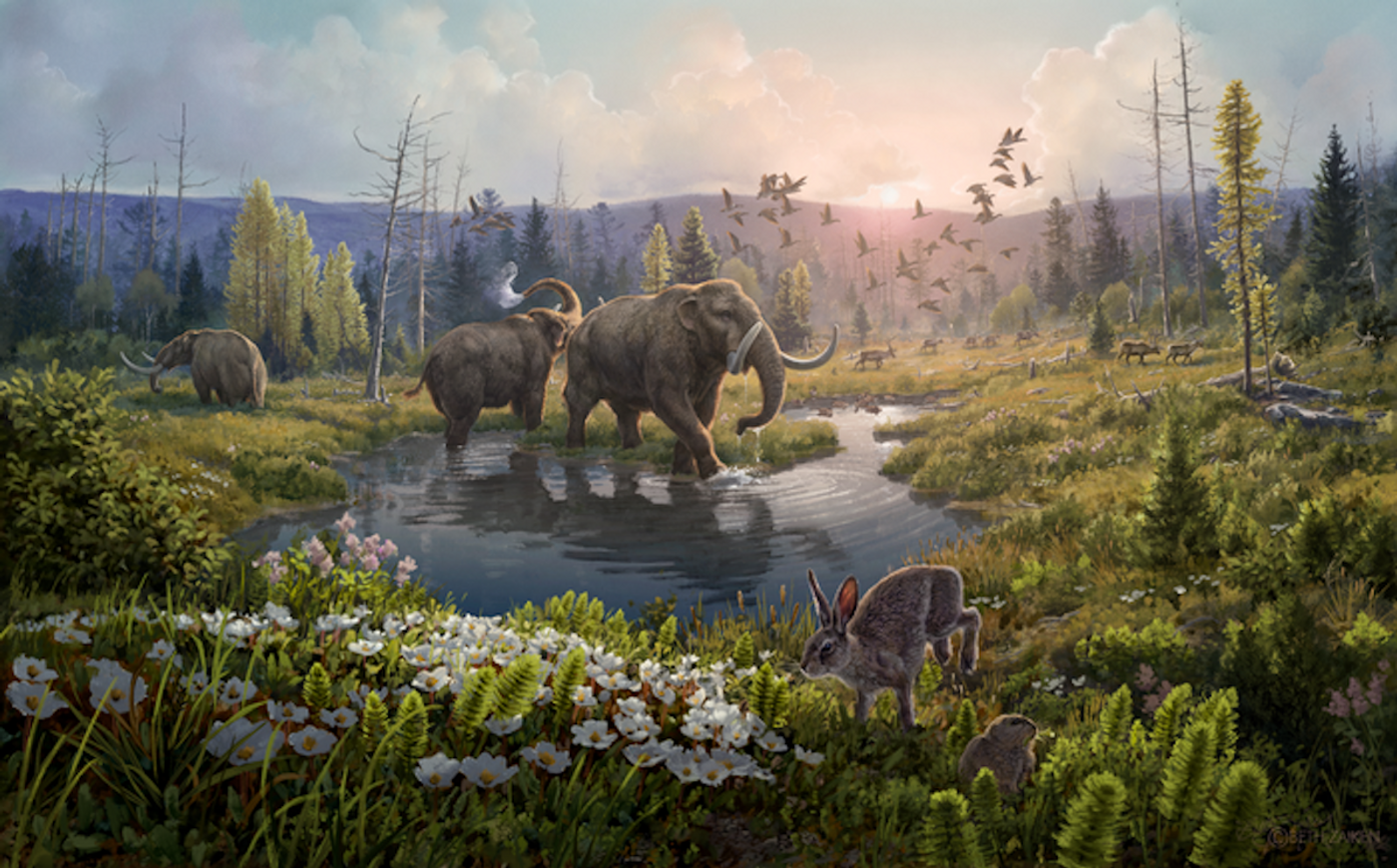The Oldest Known DNA, From Many Organisms, is Discovered & Described
For the first time, scientists have recovered clay and quartz containing bits of DNA that is two million years old, which could add a new dimension to our view of evolution. The 41 samples of DNA were found in Northern Greenland sediments that date to the Ice Age, in an area known as the Kap København formation, and they are about one million years older than the previously oldest known DNA, which was from a mammoth bone found in Siberia. The newly analyzed DNA could tell us more about the climate of the time, which was much warmer than the world is now, and what changes we may face as our own climate changes. The findings have been reported in Nature.
“A new chapter spanning one million extra years of history has finally been opened and for the first time we can look directly at the DNA of a past ecosystem that far back in time," said study co-author Professor Eske Willerslev, a Fellow of St John’s College, University of Cambridge. Although DNA sometimes degrades quickly, there are sometimes circumstances that allow us to go back in time beyond what "anyone could have dared imagine,” added Willerslev.
These samples were obtained from 100-meter-thick sediment that was preserved, either by permafrost or ice, and was not disturbed by any people for two million years, noted study co-author Professor Kurt H. Kjær of the University of Copenhagen.
There was lots of DNA in the samples, which the researchers carefully isolated and then sequenced. Some of the samples were so difficult to work with, the effort to analyze it had to wait until cutting-edge sequencing technologies were created.
Once the sequencing work was done on the DNA in the samples, they were compared to known sequences in databases. This revealed evidence of microbes, plants like poplar trees, and animals, including hares and lemmings, in the Greenland samples. It seems that even mastodon were roaming Greenland at one point.
Some of the recovered DNA belonged to animals that were obviously ancestors of modern species, while other sequences could not be linked to anything but a genus of organisms. There were also some sequences that could not be matched to any plant, animal, or microbial sequence found in current DNA databases. These data may help scientists learn more about stages of evolution we now know little about.
The researchers are still mapping sequence data they gathered on bacteria and fungi that were in the samples. They are hoping to reconstruct the interactions between the organisms that are found in the samples, and present the data in the future. This effort could help us learn how animals lived in a much warmer world.
“It is possible that genetic engineering could mimic the strategy developed by plants and trees two million years ago to survive in a climate characterized by rising temperatures and prevent the extinction of some species..." noted Kjær. "This is one of the reasons this scientific advance is so significant because it could reveal how to attempt to counteract the devastating impact of global warming.”









